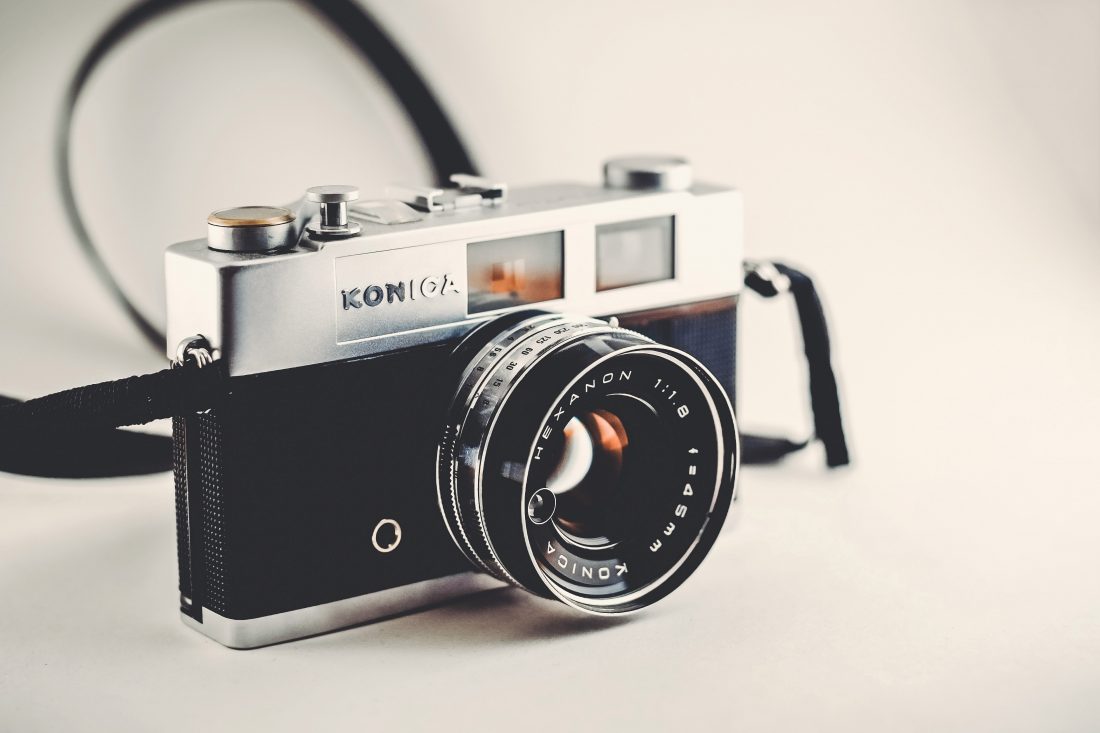
Introduction to the Canon EF-M Film Camera
First things first, what exactly is the Canon EF-M Film Camera? The Canon EF-M is a manual-focus 35mm film SLR camera produced by Canon. Released in 1991, it was originally priced at around $200. Canon introduced the EF-M as a budget model, which was sold exclusively in Japan and was the last manual-focus camera in the EF series.
Design and Features
The body of the Canon EF-M Film Camera is sleek and compact, with its weight at just 370g. It utilises a metal focal-plane shutter capable of speeds between 2s and 1/1000s, in addition to a bulb mode. This camera also has a self-timer and a hot shoe for flash but lacked a built-in flash.
It’s also important to note that unlike some of Canon’s more premium models, the EF-M does not have any autofocus capabilities. This might shy away some users, but for those who value the control and precision of manual focusing, it’s a feature (or lack thereof) to be celebrated.
Experience with the Canon EF-M
Shooting with the Canon EF-M Film camera is a unique experience. Through my personal journey, I found the simplicity of the camera liberating. The lack of autofocus gave me full control over my shots, enabling me to capture truly stunning images. Also, the lightweight body made it a perfect companion for everyday street photography. It’s a great way to immerse oneself in the art of film photography without breaking the bank.
Final Verdict
The Canon EF-M Film Camera may not be the most advanced or feature-packed 35mm camera. However, its charm lies in its simplicity. It’s an essential tool for photographers who appreciate the art of manual focusing and would like to have a go at film photography.
To wrap it up, if you’re a fan of the analogue process or want a uncomplicated tool to explore film photography, the Canon EF-M is well worth considering. Do remember that as a film camera, it’s not compatible with a smartphone, a common misconception some might bear.
It’s a journey back in time, a step away from the hustle and bustle of modern digital photography. It compels us to slow down, take a moment and truly capture each frame. And that, in my book, is what makes it special.
